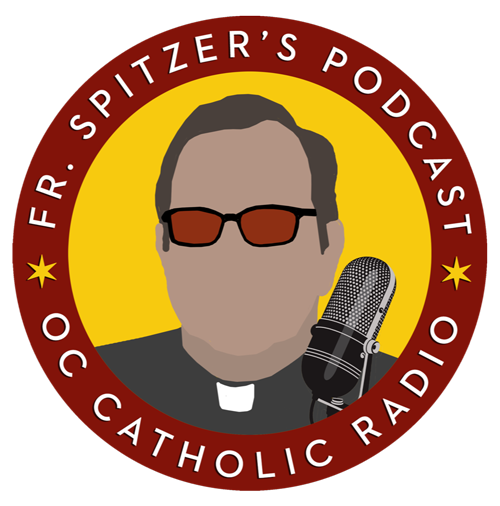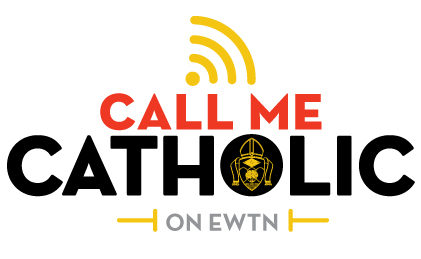This Valentine’s Day, Catholics will be bearing more than the traditional chocolates, flowers, candy hearts, greeting cards and other goodies to celebrate Feb. 14 with their loved ones and significant others.
Those who go to church on Valentine’s Day — and they are highly encouraged to do so, although it’s not a Holy Day of Obligation — will leave the sanctuary with ash on their foreheads.
That’s because Valentine’s Day 2018 falls on Ash Wednesday, the first day of Lent.
It’s an interesting juxtaposition, as most Catholics who will be celebrating love to mark Feb. 14 this year also will bear a symbol on their foreheads reminding them of their own mortality (the whole “dust to dust” thing).
And although Catholics can eat as much chocolate as they want on Feb. 14, they are reminded this year to abstain from meat (at least those 14 and older), the fasting tradition that starts on Ash Wednesday and continues every Friday throughout Lent.
Of course, as many people know, there really was a St. Valentine (officially, St. Valentine of Rome). Although the specifics of his life are notoriously murky, he generally is regarded to have been a priest who lived in the third century. He was known for helping Christians (and for marrying Christian couples) and for being persecuted under the rule of Claudius II.
Claudius II sentenced him to death after learning that he converted 46 members of a guard’s family to Christianity while in prison, according to an account of St. Valentine’s life on Catholic Online (catholic.org).
According to legend, on the day he was executed sometime around the year 270, he left the girl a note signed, “Your Valentine.”
In 1969, the Roman Catholic Church removed St. Valentine from the General Roman Calendar, because so little is known about him. However, the church still recognizes him as a saint and celebrates his life on Feb. 14.
He is commonly associated with courtly love, which is why Valentine’s Day drips with romance.
St. Valentine is the patron saint of affianced couples, beekeepers, engaged couples, epilepsy, fainting, greetings, happy marriages, love, lovers, plague, travelers, and young people.
And, actually, there is more than one St. Valentine recognized by the Catholic Church (the name comes from the moniker Valentius, a common name in ancient Rome) — so, as a Catholic, you don’t have to celebrate his life exclusively on Feb. 14.
For example, St. Valentine of Viterbo is celebrated on Nov. 3, St. Valentine of Raetia on Jan. 7, and the life of the only female St. Valentine (Valentina), a virgin martyred in Palestine in A.D. 308, is celebrated on July 25.
How should Catholics celebrate Valentine’s Day, beyond the traditional flowers and chocolates?
CatholicCulture.org cites one suggestion for spiritual practices in the family on Feb. 14, referencing the Rev. George A. Kelly’s book, “Catholic Family Handbook.”
“Youngsters can ask (St. Valentine) to help them maintain a chaste relationship with those they love,” the online news and information site suggests.
Father Dan O’Reilly, of Columbia Catholic Ministry, says in an online video that Catholics can use the holiday as an inspiration to care for each other.
“There’s no reason why we need to wait until Feb. 14 to show that we care for one another,” O’Reilly says in a video on YouTube. “We can send notes or gifts or chocolates to the people we love at any time, and it doesn’t even have to be part of a romantic relationship.
“We can reach out to a friend and say, ‘Thanks for being there.’”
Adds O’Reilly: “St. Valentine gave his life as a witness for his love of Jesus Christ, and we can give witness to our faith and love in Jesus Christ by showing our care and love for one another.”
Justin McClain, writing for Epic Pew (epicpew.com), suggests several ways for Catholics to “reclaim” Valentine’s Day.
For starters, he says, wish people, “Happy St. Valentine’s Day.”
For those who love to read, he’s a big fan of “Joined by Grace: A Catholic Prayer Book for Engaged and Newly Married Couples,” by John and Teri Bosio.
McClain also encourages Catholics to promote a greater embrace of Chastity, quoting St. John Paul II: “Only the chaste man and the chaste woman are capable of true love.”
Go ahead and send a Valentine to your sweetheart, he suggests, but make sure it includes your favorite passage from Song of Songs, the fifth book of Wisdom in the Old Testament.
Suggested passage (from a man, 1:15):
How beautiful you are, my darling!
Oh, how beautiful!
Your eyes are doves.
Suggested passage (from a woman, 1:14): My beloved is to me a cluster of henna blossoms
from the vineyards of En Gedi.
That sure beats:
Roses are red
Violets are blue
Sugar is sweet
And so are you










